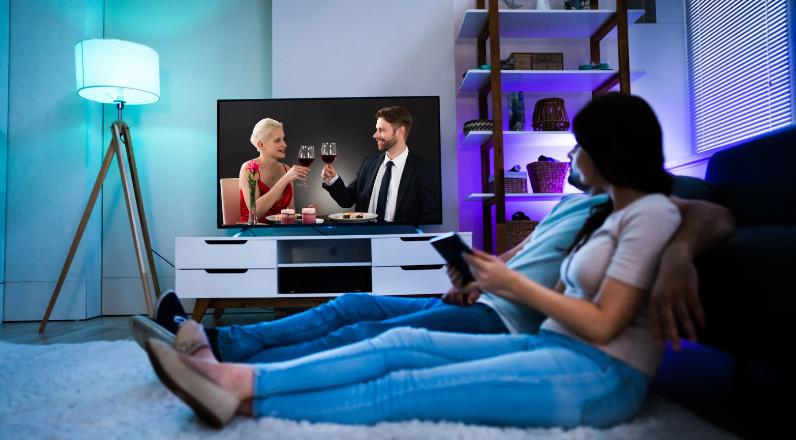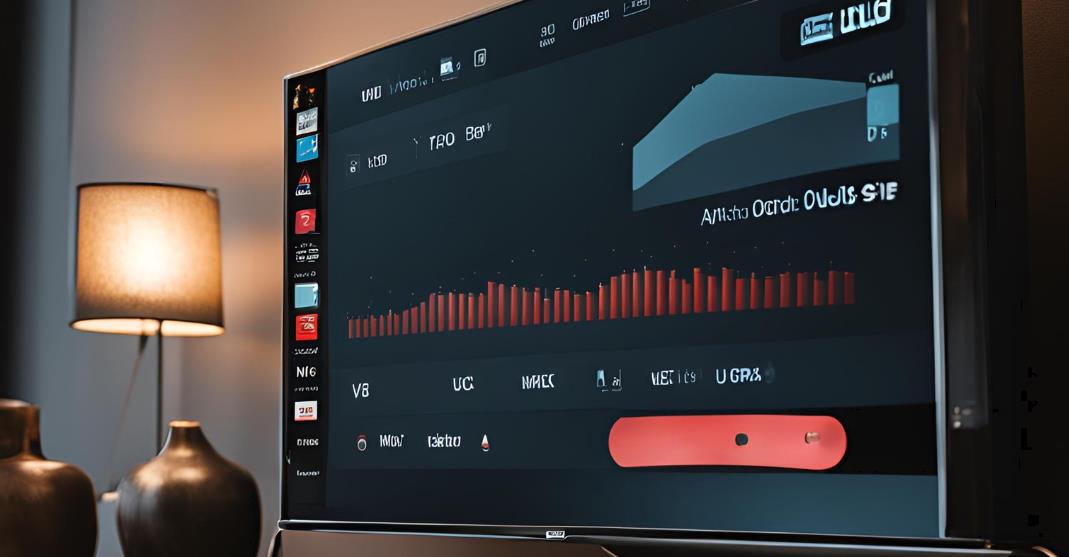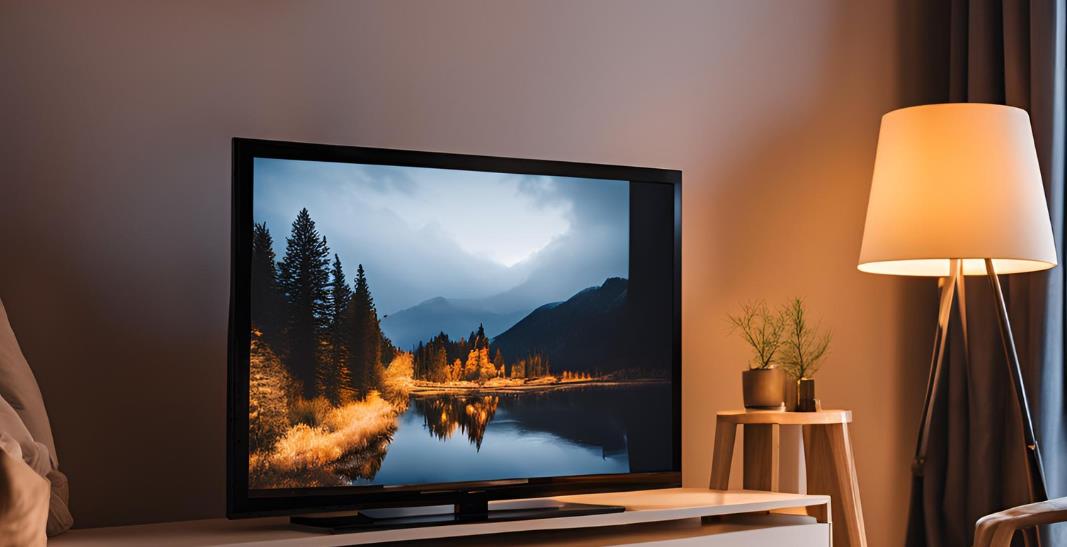Table of Contents
TogglePreparing Your Samsung TV for Bluetooth Connectivity
Before you start connecting Bluetooth devices, it’s crucial to ensure your Samsung TV is appropriately prepared. Begin by verifying that your TV model supports Bluetooth functionality. Consult your TV’s manual or check the specifications on Samsung’s official website using your TV model number.
If Bluetooth is supported, make sure to update your TV’s firmware to the latest version. Firmware updates can enhance device compatibility and fix connectivity issues. To update, go to the TV’s settings menu, select Support, and then choose Software Update. Ensure your TV is connected to the internet during this process. Additionally, ensure that your TV is in close proximity to the Bluetooth device you plan to connect, as this can improve connection stability and reduce interference.
Connecting Devices to Samsung TV via Bluetooth
Once you’ve confirmed that your Samsung TV supports Bluetooth and is up-to-date, you can start connecting devices. Here’s a step-by-step procedure:
Turn On Your TV and Bluetooth Device
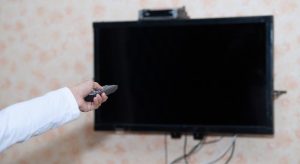
Ensure that both your TV and the Bluetooth device you wish to connect (such as headphones, speakers, or a keyboard) are powered on. Put the Bluetooth device into pairing mode, which is often done by pressing and holding the Bluetooth button until a light blinks or a sound is heard.
Access the TV’s Bluetooth Settings
Press the Home button on your remote control to open the main menu. Navigate to Settings and select Sound or Connections, depending on your TV model. Choose Sound Output and then select Bluetooth Speaker List or Add New Device. This section may be labeled differently on some models, but it generally involves options for managing Bluetooth devices.
Pair Your Device
A list of discoverable Bluetooth devices will appear on your TV. Select the device you wish to pair. If the device requires a PIN, it is usually “0000″ or “1234.” Follow any on-screen prompts to complete the pairing process. Some devices may also require confirmation on the device itself.
Confirm Connection
After successfully pairing, your TV should display a confirmation message. Your Bluetooth device will often indicate successful connection with a sound or visual signal. For audio devices, you might need to adjust the volume settings on both your TV and the Bluetooth device to ensure balanced sound levels.
Troubleshooting Samsung TV Bluetooth Connectivity Issues
If you experience issues with Bluetooth connectivity, consider these troubleshooting tips:
Ensure Compatibility
Confirm that your Bluetooth device is compatible with your Samsung TV. Some older TVs may not support certain Bluetooth profiles or newer devices. Check the user manuals or specifications for both the TV and the Bluetooth device.
Check Device Range
Bluetooth devices need to be within a reasonable distance from the TV, typically within 30 feet. Ensure there are no significant physical obstructions, such as walls or large furniture, between the TV and the device.
Restart Devices
Power off and then power on both the TV and the Bluetooth device. This simple reset can resolve minor connectivity glitches and refresh the connection process.
Update TV Software
Ensure your TV’s firmware is up to date. Outdated firmware can cause compatibility issues with newer Bluetooth devices. Check for updates in the TV’s settings menu under Support > Software Update.
Reset Bluetooth Settings
If the connection issues persist, try removing the device from the list of paired devices on your TV. Go to the Bluetooth settings, select the device, and choose the option to remove or forget it. Then, attempt to pair the device again.
Best Bluetooth Devices for Samsung TV
Choosing the right Bluetooth devices can enhance your Samsung TV experience. Here are some recommendations:
Bluetooth Headphones
For immersive audio experiences without disturbing others, consider high-quality Bluetooth headphones. Brands like Bose, Sony, and Sennheiser offer models with excellent sound quality, noise-canceling features, and long battery life.
Bluetooth Speakers
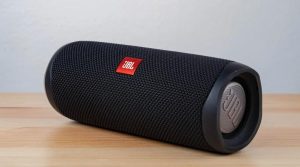
To improve audio quality with powerful sound and deep bass, opt for Bluetooth speakers from JBL, Bose, or Ultimate Ears. These speakers are known for their durability, sound clarity, and ability to fill a room with rich audio.
Bluetooth Keyboards and Mice
For efficient navigation and typing, especially if you use your TV for browsing or gaming, consider Bluetooth keyboards and mice from Logitech or Anker. These peripherals offer comfortable typing experiences and precise control, enhancing your interaction with the TV.
Tips and Tricks for Maximizing Your Samsung TV Bluetooth Experience
To fully leverage your Samsung TV’s Bluetooth capabilities, keep these tips in mind:
Keep Firmware Updated
Regularly check for firmware updates to ensure your TV remains compatible with the latest Bluetooth devices and features. Firmware updates can also address any bugs or performance issues.
Optimize Device Placement

Place your Bluetooth device within the recommended range of your TV. Avoid placing the device behind large obstacles or in areas with heavy wireless interference, such as near Wi-Fi routers or microwave ovens.
Manage Connections
If you frequently switch between Bluetooth devices, manage your paired devices list for ease of access. Remove unused devices from the list to avoid connection conflicts and streamline the pairing process.
Adjust Audio Settings
For an optimal audio experience, adjust your TV’s audio settings to balance sound levels between your TV speakers and Bluetooth devices. Explore advanced audio settings such as equalizers or audio modes to tailor the sound to your preferences.
Setting up and using Bluetooth on your Samsung TV can greatly enhance your entertainment experience by allowing you to connect wireless audio devices and input peripherals seamlessly. By preparing your TV, following the connection steps, troubleshooting any issues, and choosing the best devices, you can enjoy a more flexible and enjoyable viewing experience.
Implementing these tips and tricks will help you maximize the benefits of Bluetooth connectivity. For more detailed guidance, refer to your TV’s user manual or visit Samsung’s support website. With these tools and information, you’ll be well-equipped to make the most of your Samsung TV’s Bluetooth features.
FAQs on Samsung TV Bluetooth Connection
What is Bluetooth on a Samsung TV used for?
Bluetooth on a Samsung TV allows you to connect wireless devices such as headphones, speakers, keyboards, and mice. This feature enhances your viewing experience by providing wireless audio solutions and simplifying navigation and input.
How do I know if my Samsung TV supports Bluetooth?
To check if your Samsung TV supports Bluetooth, consult the user manual or specifications for your model. You can also navigate to the TV’s settings menu, look for Bluetooth options under Sound or Connections, or visit Samsung’s support website using your TV model number.
How do I pair a Bluetooth device with my Samsung TV?
To pair a Bluetooth device, turn on both your TV and the Bluetooth device, and ensure the device is in pairing mode. Go to your TV’s settings menu, select Sound or Connections, then Bluetooth Speaker List or Add New Device. Choose your Bluetooth device from the list and follow any on-screen prompts to complete the pairing process.
Why is my Bluetooth device not connecting to my Samsung TV?
If your Bluetooth device is not connecting, ensure it is in pairing mode and within range of the TV. Verify compatibility between the TV and the device, restart both devices, and check for firmware updates on your TV. If issues persist, remove the device from the TV’s paired list and try pairing again.
Can I connect multiple Bluetooth devices to my Samsung TV at the same time?
Most Samsung TVs support only one Bluetooth device connection at a time. However, some newer models might allow for multiple Bluetooth connections. Check your TV’s user manual or settings for details on whether multiple connections are supported.
How do I manage or remove paired Bluetooth devices on my Samsung TV?
To manage or remove paired devices, go to the TV’s Bluetooth settings menu. Look for an option like Bluetooth Speaker List or Paired Devices. Select the device you want to remove and choose the option to unpair or forget the device.
Why is the audio from my Bluetooth device out of sync with the video?
Audio lag or sync issues can occur with Bluetooth connections. To address this, check if your TV has audio sync settings under Sound options and adjust them as needed. Also, ensure your Bluetooth device has the latest firmware updates, as some devices have built-in options to reduce audio lag.
How can I improve the Bluetooth connection quality on my Samsung TV?
For better Bluetooth connection quality, ensure there are minimal obstacles between your TV and Bluetooth device. Keep both devices within the recommended range, and avoid placing them near sources of interference like Wi-Fi routers or microwaves. Regularly update your TV’s firmware to maintain optimal performance.

